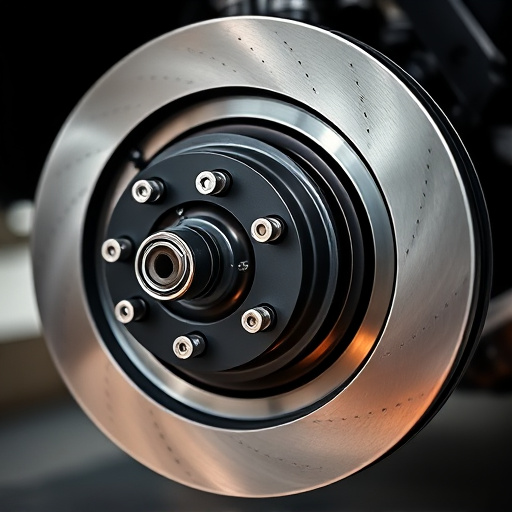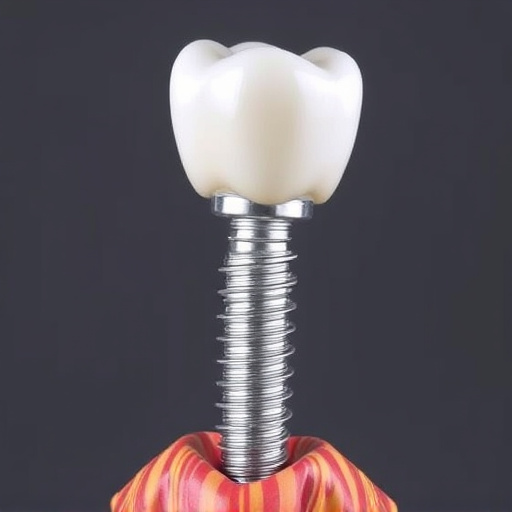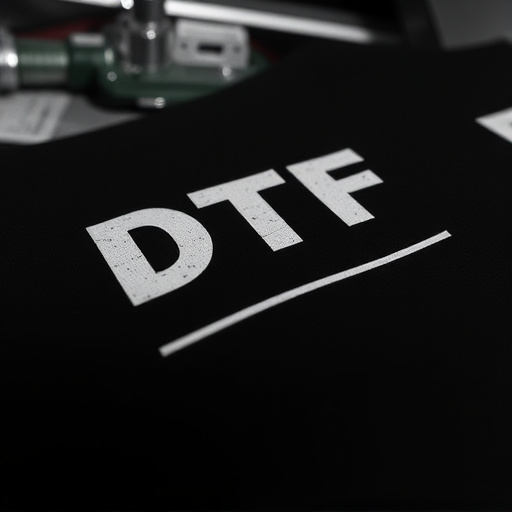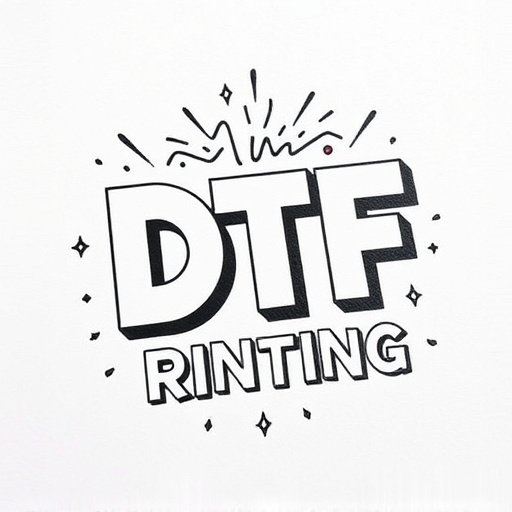DTF Transfer Sheets are specialized materials that enable precise printing and imaging, delivering high-quality designs onto various surfaces like fabric, wood, metal, and acrylic. Storage should be in cool, dry conditions with humidity control to maintain their quality. Proper handling, including gentle manipulation and clean workspace, extends their lifespan for applications like custom apparel production.
“Unleash the full potential of your DTF (Direct-To-Film) transfer sheets with our comprehensive guide. Discover the secrets to proper storage and handling techniques, ensuring each sheet retains its optimal quality and precision. From understanding the materials and diverse uses of DTF sheets to implementing best practices for long-term preservation, this article equips you with the knowledge to navigate the world of DTF Transfer Sheets effectively. Enhance your results and streamline your processes today.”
- Understanding DTF Transfer Sheets: Materials and Uses
- Storage Best Practices for Optimal Lifespan and Quality
- Handling Techniques to Ensure Accurate Transfers and Safety
Understanding DTF Transfer Sheets: Materials and Uses

DTF (Direct to Film) Transfer Sheets are a specialized material used for precision printing and imaging. These sheets allow for high-quality, detailed transfers onto various surfaces, making them a popular choice in industries like textiles, signmaking, and custom apparel. Each DTF transfer sheet consists of a thin film that carries the design or image, which is then transferred to a substrate through heat and pressure.
The primary use of DTF Transfer Sheets is in dtf printing, enabling users to create intricate designs with vibrant colors and crisp details. They are especially valued for their ability to produce long-lasting prints on materials such as fabric, wood, metal, and acrylic. This versatility makes them a go-to option for both professional printers and hobbyists looking to achieve high-quality results in their printing projects.
Storage Best Practices for Optimal Lifespan and Quality
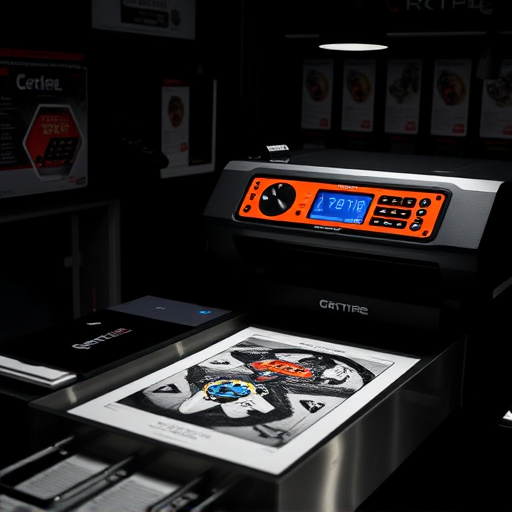
Proper storage plays a vital role in maintaining the quality and longevity of DTF Transfer Sheets. To ensure optimal performance, it’s essential to store them in a cool, dry place away from direct sunlight and extreme temperatures. Humidity control is equally important; using desiccant packets or storing them in airtight containers can help maintain a consistent environment, preventing moisture-related damage. Avoid stacking sheets on top of each other for extended periods, as this can lead to smudging or loss of adhesion.
For long-term use, consider implementing a rotating storage system. This involves periodically revisiting and using older sheets while keeping newer ones sealed. When it comes to DTF Transfer Sheets, proper storage isn’t just about preserving their physical state; it’s also about ensuring they remain viable for your creative projects, whether it’s designing custom t-shirts, facilitating bulk DFT shirt production, or personalizing direct-to-film hoodies.
Handling Techniques to Ensure Accurate Transfers and Safety
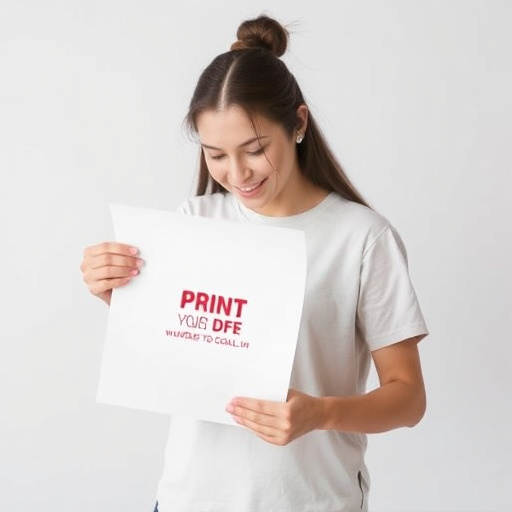
When handling DTF Transfer Sheets, proper techniques are crucial to ensure accurate and safe transfers, especially for intricate designs intended for custom t-shirts or logos on clothing brands. Skilled technicians use gentle manipulation to prevent sheet damage, ensuring the transfer film remains intact and aligned during application. This meticulous approach guarantees that intricate details of the design are preserved, from subtle line work to bold color blocks.
In addition to handling techniques, maintaining a clean workspace and using appropriate tools further safeguard the integrity of DTF Transfer Sheets. Employing tools designed for precision transfers minimizes the risk of misalignment or damage. Proper storage conditions, such as a cool, dry place away from direct sunlight, also extend the lifespan of these sheets, ensuring they remain ready for use when needed for clothing brand applications like custom t-shirts.
DTF Transfer Sheets are valuable tools for precise and efficient transfers, but proper storage and handling are key to maintaining their quality and longevity. By following best practices outlined in this article, including storing them in cool, dry conditions away from direct sunlight, using protective covers, and employing meticulous handling techniques, you can ensure accurate and safe transfers every time. These simple measures will help maximize the lifespan of your DTF Transfer Sheets, making them a reliable asset for any project that relies on precision and quality.


